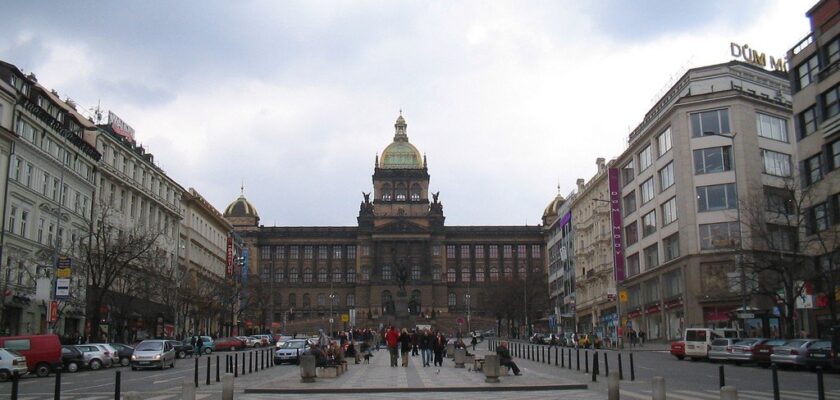Wenceslas Square (Václavské náměstí)
Wenceslas Square in Prague is a favorite place not only for tourists, but also for the citizens of Prague themselves. Travelers who came to the capital of the Czech Republic, sooner or later will still get to this square, even if they do not set such a goal for themselves. The fact is that Wenceslas Square is located in the very center of Prague and is connected to many other attractions.
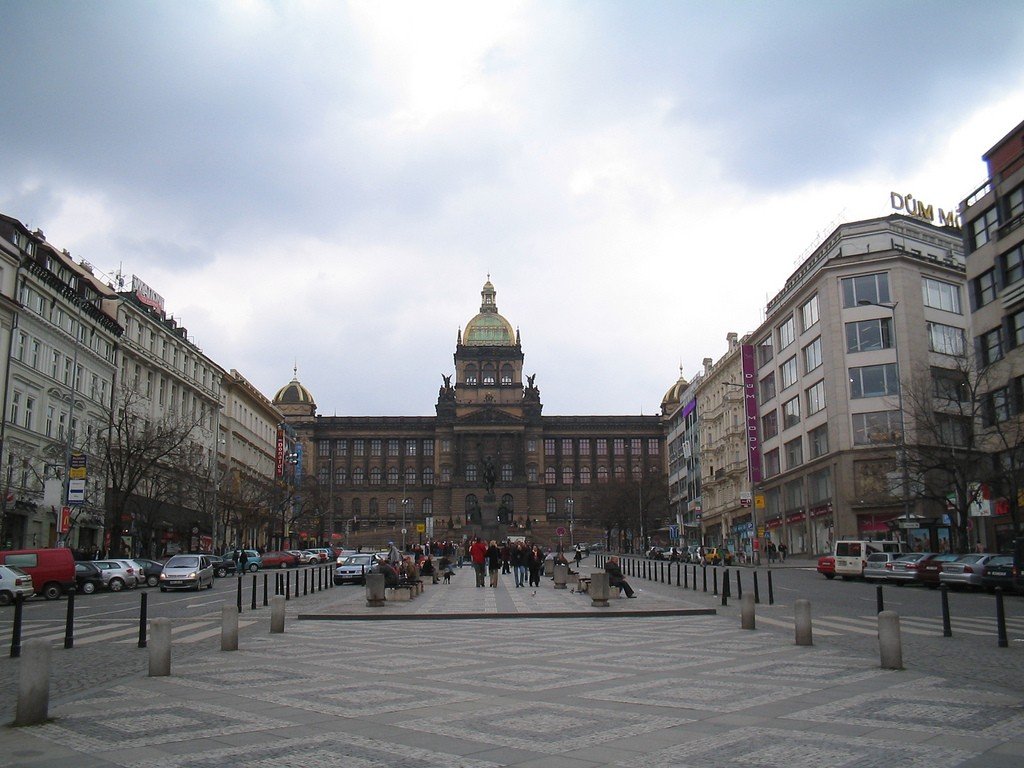
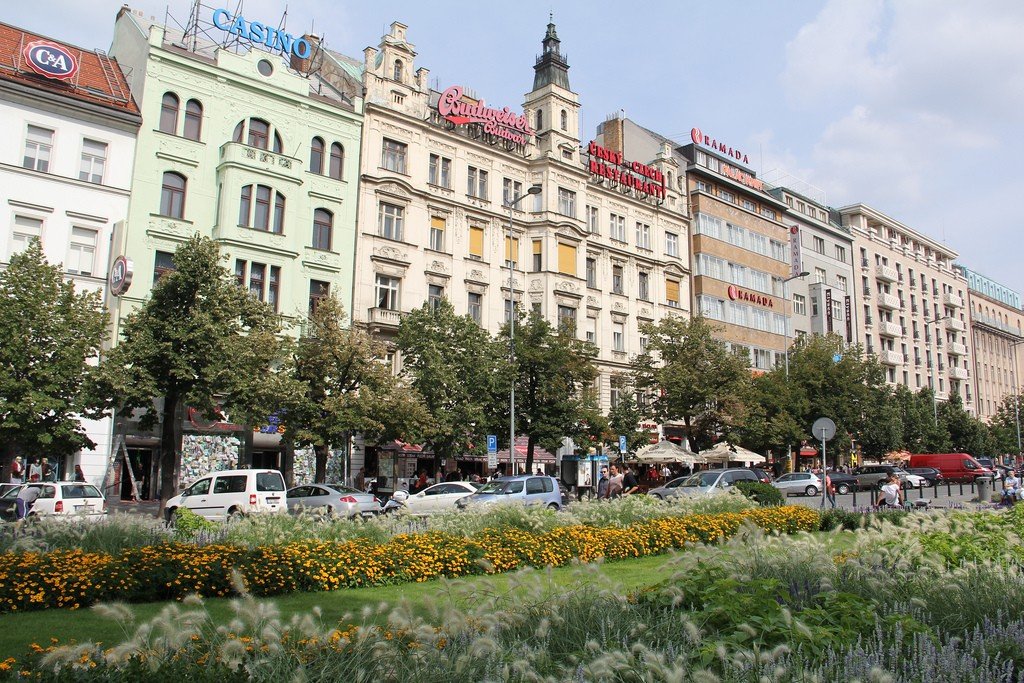
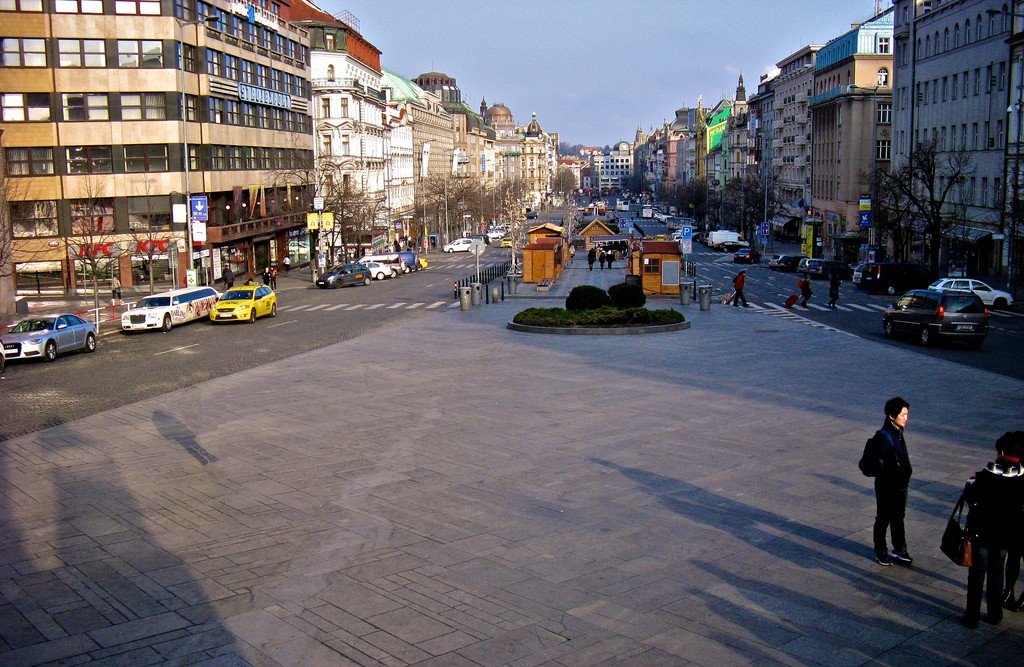
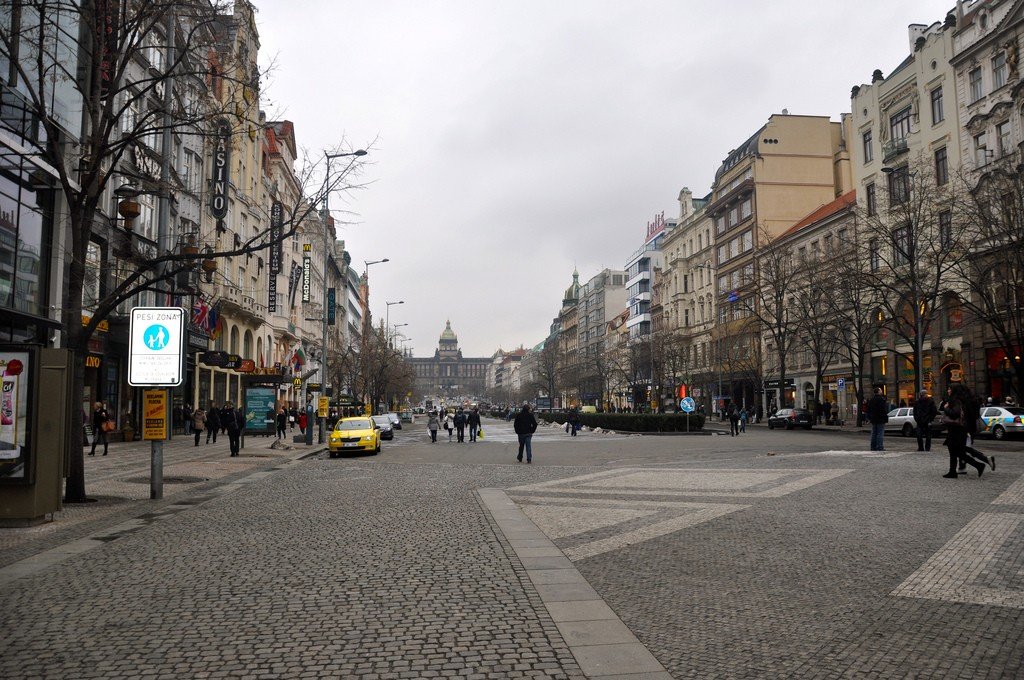

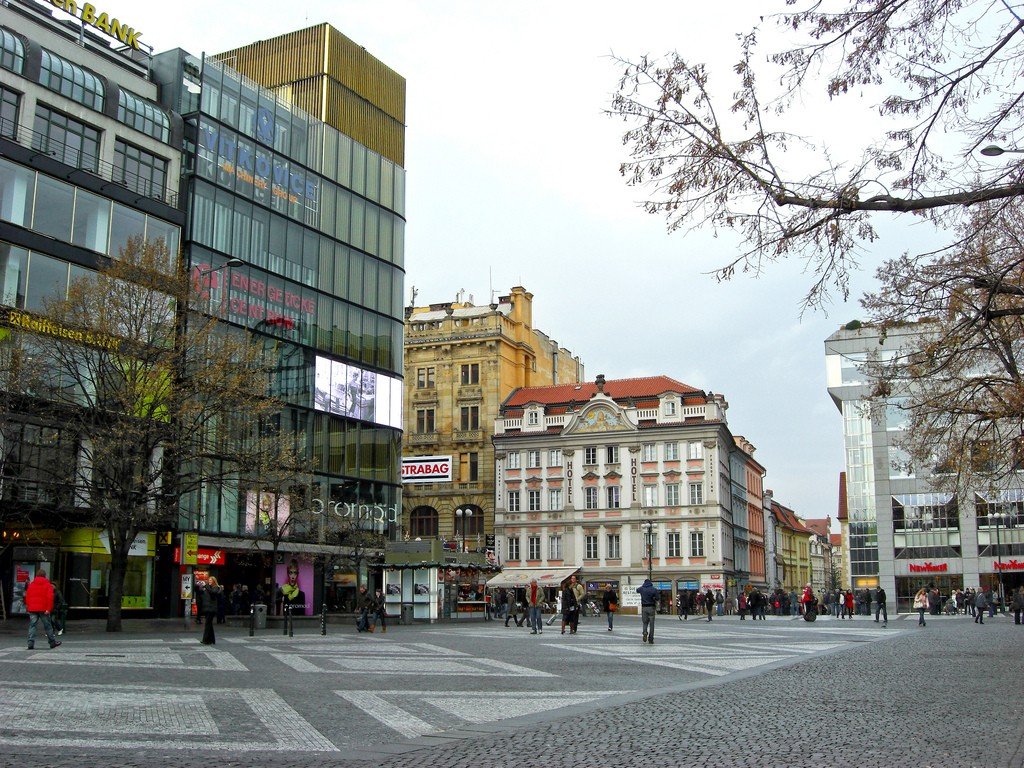
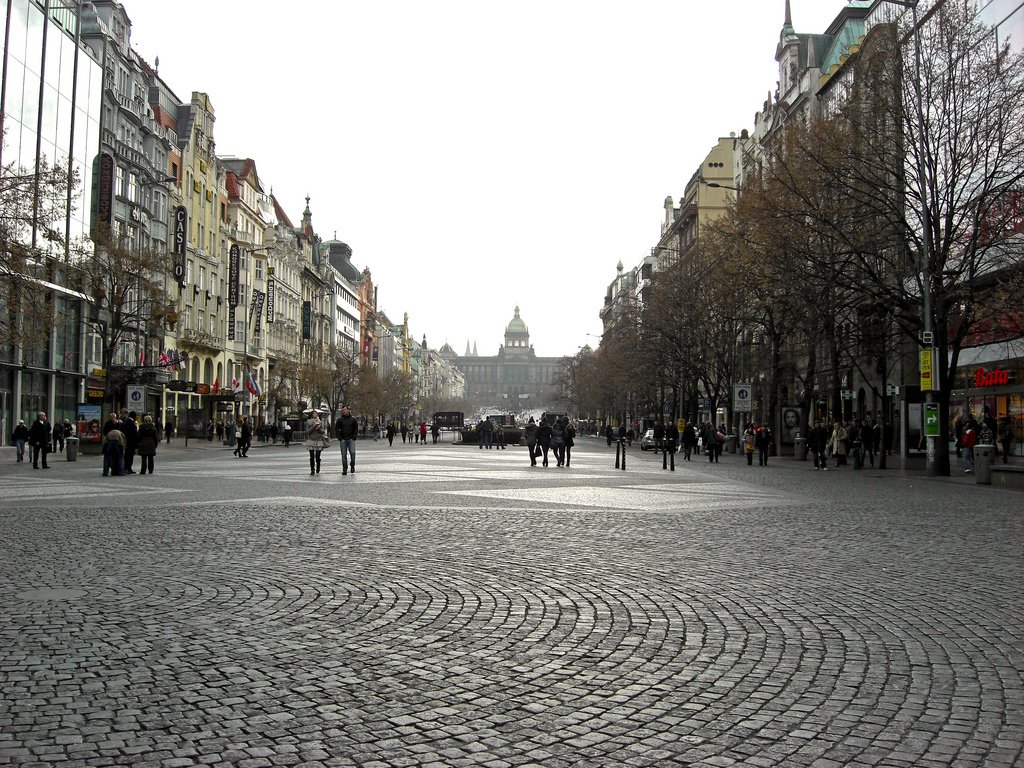
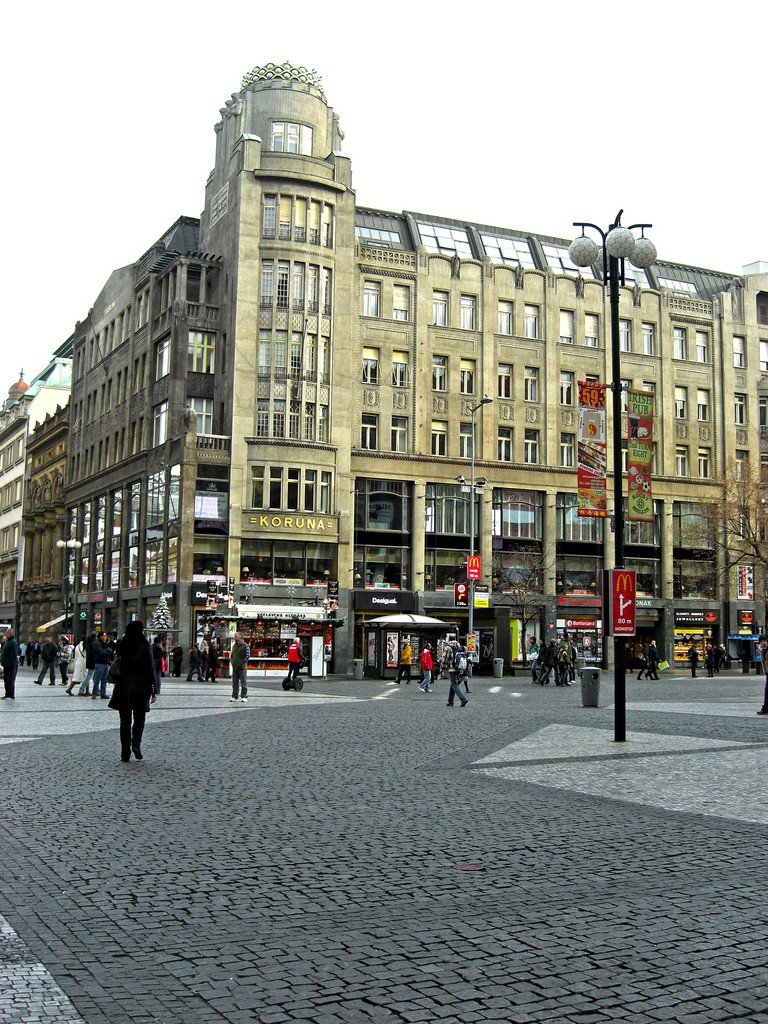
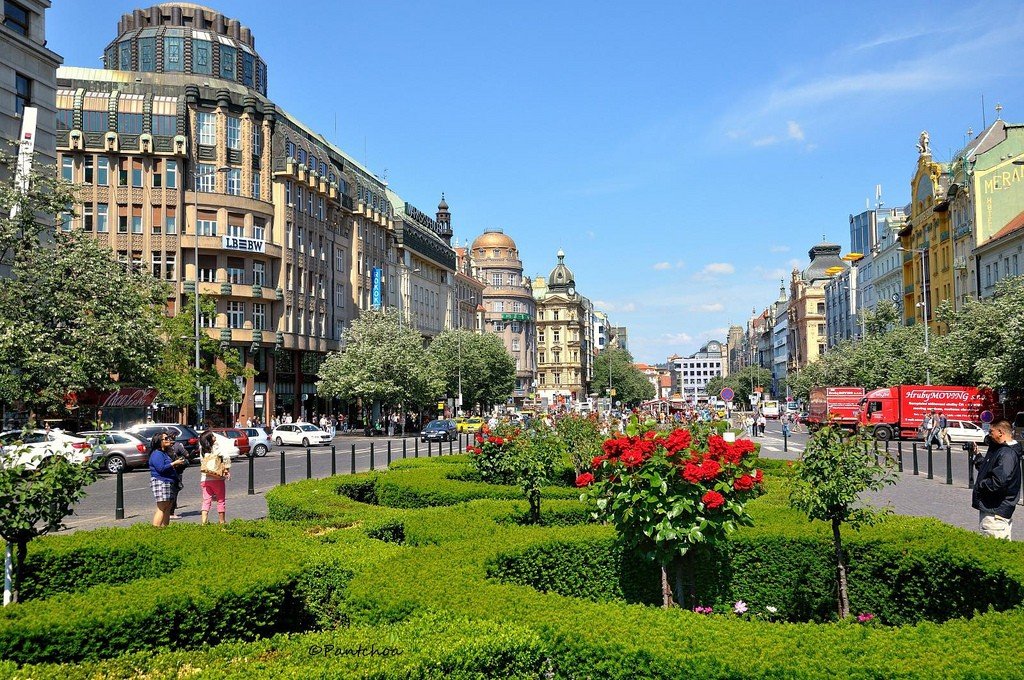
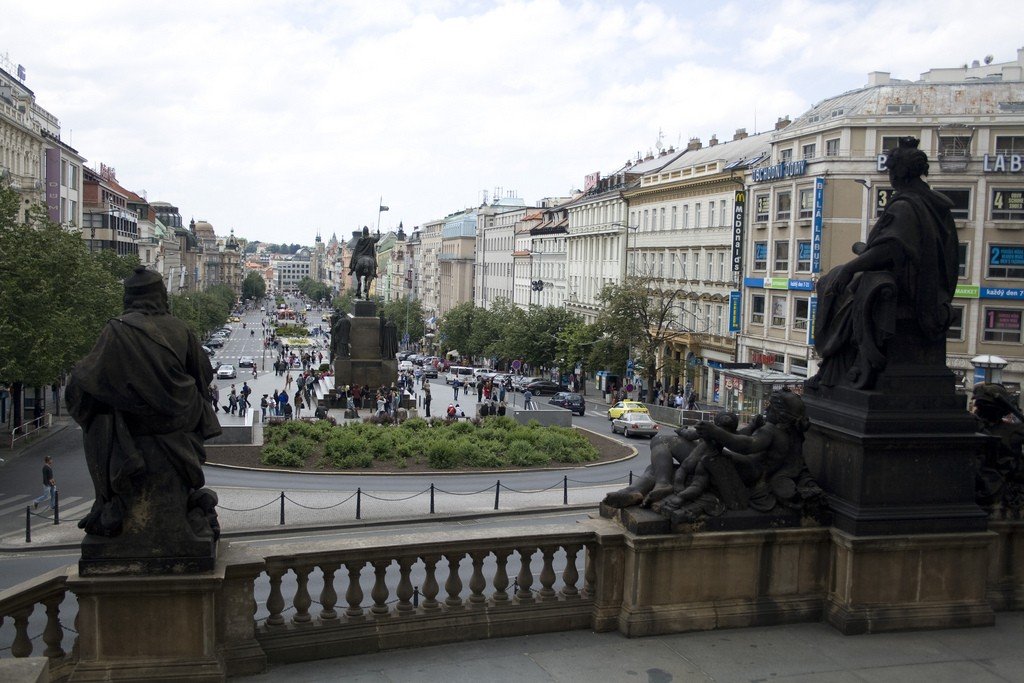
Highlights
For Prague citizens, Wenceslas Square is of great importance – historically, this is where all kinds of demonstrations, festivals and public gatherings have been and are held. For example, in 1945 the end of the war was declared on Wenceslas Square, Gagarin was jubilant here, the Dalai Lama bowed, and the American president rang the freedom bell.
>
The place is named after St. Wenceslas, the patron saint of the Czech Republic. Interestingly, the buildings on the square are built in such a way that they form numerous passages – passageway courtyards connecting Wenceslas Square to many of the city’s busy streets. Residents of Prague often abbreviate it as Wenceslas Square.
.On Wenceslas Square you can see historical monuments, notable buildings with unique architecture, and on many buildings you can notice memorial plaques: they tell how this or that house is connected with key events that took place on this place tens and hundreds of years ago.
.There are also many places for recreation and entertainment on the square: these are cafes, restaurants and stores.
.History
Most of the sights in the square can be considered relatively “young” when considering its age. It all started with a small settlement called Stare Mesto, which was located here in 1348.
There were also several large markets at this location. The longest of them all was the Horse Market, which was renamed Wenceslas Square in 1848.
.
It was not until the early 20th century, when the square was surrounded by various stores and stores, that it became an elite residential area.
.The appearance of the square, which was formed by 1920, can still be observed now.
Almost all the buildings of that time have been preserved, and if it were not for the many lights of modern stores, it would be safe to say that the square has retained the traditional features of old Prague.
The heyday was in the 1920s: it was then, after the unification of Prague with the suburbs, that several banks were built here, a middle line for streetcars was built and a large parking lot was created.
.During World War II, this place was used by the occupiers for countless demonstrations, and it was here that the citizens of Prague swore allegiance to the Reich en masse in 1942.
.In 1948, the Communists came to power in Prague, and on February 25, 1948, another mass oath of allegiance, this time to Communist ideas, took place on the square.
.Soviet tanks marched through this square in 1968 during the events of the Prague Spring. At that time, the building of the National Museum was damaged during the armed confrontations..
The museum was later restored, but the damage on the walls remains. Another milestone in the history of the square is January 16, 1969, when a student of Charles University, Jan Palach, committed an act of self-immolation.
.
On the day when Czechoslovakia celebrated the 70th anniversary of its independence (October 28, 1988), the square was the scene of the country’s largest demonstration dispersal.
.Attractions of the square
Despite such violent and controversial events, Wenceslas Square today is not associated by locals with those hard times.
.
It is the center of the city, where many sights and monuments are concentrated, and yet the square is not a “square” in the traditional sense – it is more like a wide boulevard, along which many people walk at any time of year.
.
One of the interesting monuments that can be seen in Prague is the monument to St. Wenceslas. The first version of the monument stood on this place back in 1680.
The monument that can be seen now was already installed in 1812. It was in front of the monument that Jan Palach burned himself, on the same spot a few days later another student Jan Zajic committed the same act of self-immolation.
.
Obviously, the square was named in honor of a man named Wenceslas. This character is a favorite of all Czechs: in the 10th century, this prince ruled the country while being an example for his subjects when it came to religion. Having been raised in an Orthodox family, this man is also honored by Catholics.
.Wenceslas wanted to plant Christianity throughout Bohemia, which at the time was not characterized by religious unity.
.Wenceslas’ plans also included a crusade to Germany, but the plans were not to be realized: an opponent of the Christian faith, Wenceslas’ younger brother, treacherously murdered the ruler right at the entrance to the church.
.
Right behind the monument you can see the famous building of the National Museum, erected in Prague in 1890 and, except for the restoration after 1968, has not undergone any significant changes.
.The building was originally erected to house expositions and exhibitions, which is why the National Museum has preserved a huge number of exhibits over the course of its existence.
.While the building is not large, it is the most important museum in Prague in terms of cultural value and the value of its exhibits.
The National Museum is the most important museum in Prague.
In general, the whole of Wenceslas Square is one big attraction, and almost every house here is famous for something.
.House No. 34 on Václavské náměstí (the address of the square itself is Václavské náměstí, 1) was built in 1896.
.It is named after the architect who designed it – Vil’s house. Currently, the building houses a large bookstore.
.Opposite the Ville House stands an Art Nouveau building. Interestingly, this building was built back in 1905 by architects Gipschmann, Bindelmeyer and Driak and has never been restored. Today this building is one of the most prestigious hotels in Prague.
.
Another famous structure is a monument on Wenceslas Square – the Crown Palace. The building was built in 1914 and got its name thanks to the large glowing crown on its roof.
There are many more interesting sights and architectural monuments in the area of the square. Tourists will also be interested in visiting the stores, bars and clubs that can be found both on the square itself and nearby.
.
Several hotels can be found in the immediate vicinity of the square, which despite their location in the city center offer rooms at low prices.
.Thus, the four-star Boutique Seven Days Hotel is only three hundred meters from the square, a little closer is the more expensive Ambassador Hotel (5 stars). This hotel is in one of the buildings that is an architectural monument.
.
How to get there
Wenceslas Square is located at Václavské náměstí, 1, Prague.
.It can be reached by taking the subway to Muzeum station.
.Trams numbered 91, 14, 24, 9 and 3 also run to the square. Get off at the Václavské náměstí stop.
.
